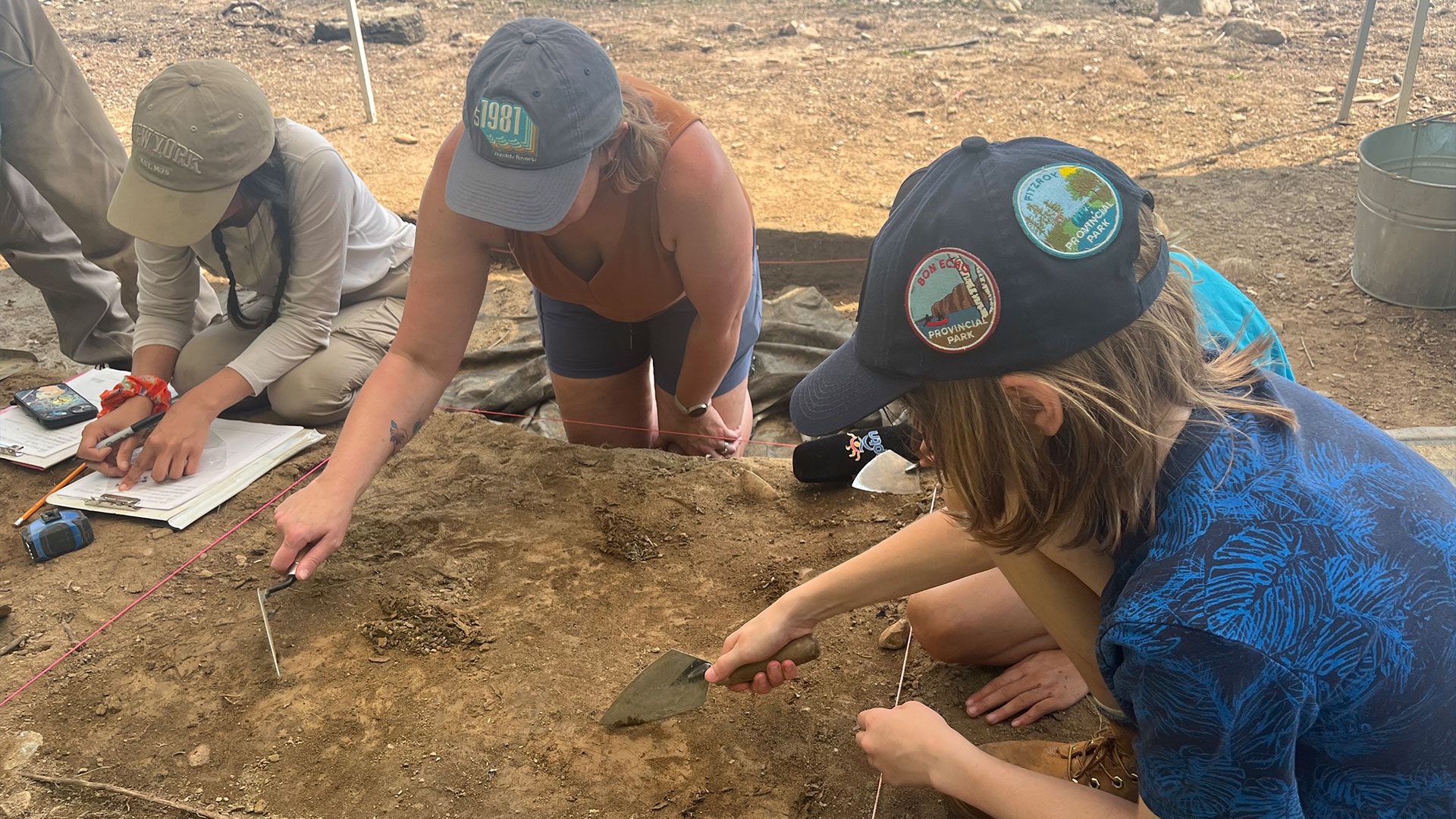In honour of archeology month, the National Capital Commission, commonly called the NCC, is opening up the Ottawa-Gatineau region to the public to dig into the area’s history – literally.
The NCC, a federal agency that manages federal owned public spaces in the national capital region, has scheduled 14 digs at a site in Leamy Lake Park in Gatineau, across the river from Ottawa.
According to Monica Maika, an archaeologist for the NCC, it’s become quite a hit with local families over the past 10 years.
“Just last Monday, a kid was digging in their pit and they came over and like is this an artifact and they found a perfect arrowhead, quite small and the style looks like it’ll probably date it to 1,000 to 1,500 years ago, and they found that just digging away in the sand.”
What is found can’t be kept by members of the public. It’s catalogued and held by the NCC.

Lake Leamy Park has some of the largest pre-contact archaeological sites in the Ottawa river Basin.
“Fourteen Indigenous archeological sites have been identified here” Maika told APTN News.
Lindsey Ehman, along her two sons, made the trek from the Ottawa side to try their luck once again. They came last year and found a few small fragments of pottery, known as sherd.
Ehman said there’s a great opportunity to learn here, that’s why they’ve come back.
“I think the kids really need to learn about the local history and its connection to the local Indigenous as well as the settler history as well,” she said. “I think that is just a great opportunity.
“Most kids don’t get to have that and then with my passion for the archeology part as well kind of they’ve really developed that overtime as well.”
The site is located in Gatineau, on the shores of the Ottawa River right across from Parliament Hill.
Maika said they’re hoping to find as many artifacts as possible before they’re lost forever, due to the eroding river.

Jennifer Tenasco is from Kitigan Zibi First Nation, about 150 km north in Quebec.
She’s the supervisor of the Anishinabe Odjibikan Archeological Field School. They’ve been bringing Anishinabe youth to this site for the past three years.
“It’s important for the youth to come out here and to dig along the water because from what we know, like our ancestors occupied the space here and so it’s important to come out here and kind of be connected with the land and be present in archeology,” she said.
Tenasco said being present at digs like this inspired her to become more involved.
“I plan to go back in the fall this year for a minor in anthropology and then hopefully one day do a masters in archeology” she said.
According to Maika, six more public digs have been scheduled before the end of the month.










